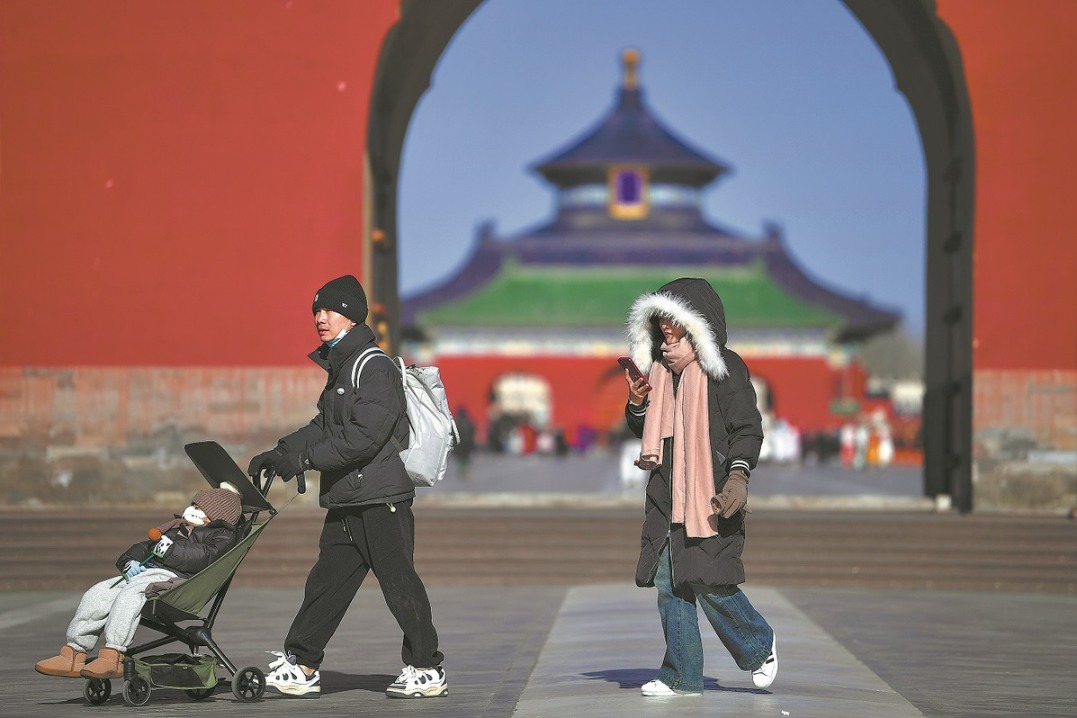'Big food' concept will grow to ensure Chinese rice bowls in Chinese hands
ECONOMIC DAILY | Updated: 2024-05-15 07:15

Since the 18th National Congress of the Communist Party of China in 2012, China has attached great importance to establishing and practicing the "big food" concept, which was put forward by the top leader during his days in Fujian province.
The Central Rural Work Conference in 2015 proposed establishing the concepts of "big agriculture" and "big food". In 2016, cultivating the "big food" concept was enshrined into the Central No 1 document. At the 2022 annual meetings of the nation's top legislature and top political advisory body, and during his inspection of Guangdong and Hunan provinces and other regions, the top leader repeatedly talked about the need to establish the "big food" concept.
Fujian took the lead. Over the past 30 years, while stabilizing grain production and ensuring food security, Fujian has built marine pastures and forest grain storage infrastructure, and developed modern agriculture on barren and saline-alkali lands, achieving remarkable results. Per unit yield of grain has increased, while food supply has become abundant and diversified. Fujian is now one of China's main provinces producing and exporting vegetables.
As seen from Fujian's experience, establishing and practicing the "big food" concept, expanding the boundaries of traditional grain production, and optimizing the food supply structure can help meet the diversified food needs of consumers. The concept of "food" has extended from the narrow category of grain to broader food categories, and the food supply path has extended from cultivated land to entire land and resources.
To establish and practice the "big food" concept, China should give full play to the comparative advantages of its agricultural resources. China's cultivated land resources are limited, but it has rich grassland, woodland and marine lake resources, as well as vast stretches of wasteland and saline-alkali land. While protecting the ecological environment, all localities should develop advantageous and characteristic agricultural products in light of local realities and achieve a balance between supply and demand of various types of food. All localities should speed up breakthroughs in core technologies such as machinery and equipment development, and breeding seedlings and tap the potential of food supply.
China is a big agricultural country with rich and diverse agricultural products, but the problem of smooth sales remains prominent in each "gold sale" season of agricultural products. This underlines the need to build a modern agricultural product logistics system and a national unified market in which agricultural products can be sent directly to consumers.
Establishing and practicing the "big food" concept can help China diversify its food structure, diversify food sources, promote sustainable food development and improve the resilience of food industry and supply chains, ensuring that Chinese rice bowls are firmly held in the hands of Chinese people.
























